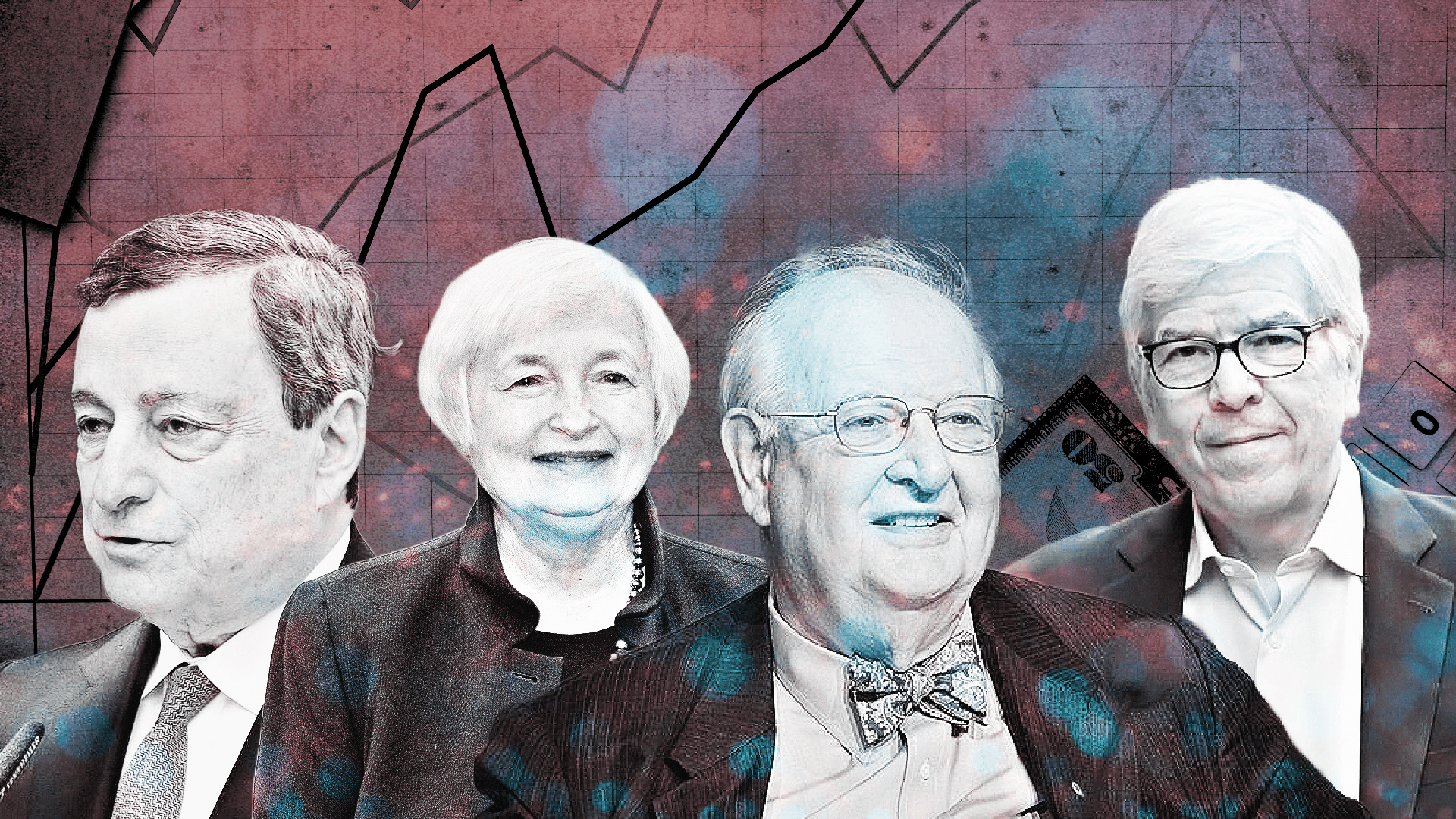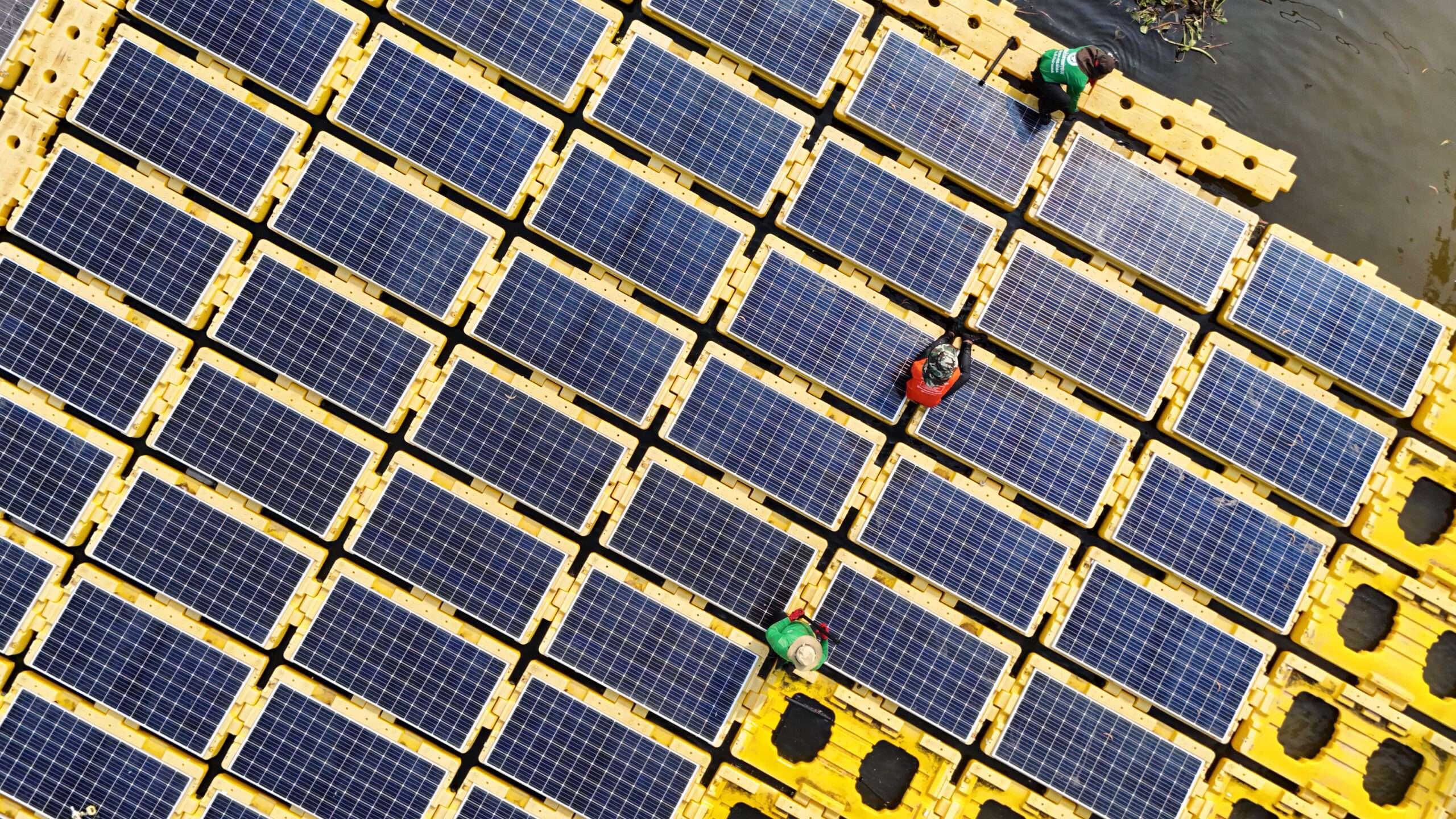
[Greg Autry| November 22, 2016 |Forbes]
KIRK: Twenty? I can’t run a starship with twenty crew.
WESLEY: The M-5 can.
KIRK: And what am I supposed to do?
WESLEY: You’ve got a great job, Jim. All you have to do is sit back and let the machine do the work.
-“The Ultimate Computer”, Star Trek, 1968
One clear message from the presidential election is that the dream of good factory jobs still resonates in America’s rust belt. Despite the push for students to pursue STEM careers or move into the service sector, Americans still want to make stuff. Both President Elect Trump and Bernie Sanders, argued passionately for trade reform as a tool to spur middle class job creation. Opposing a looming reset on “Free Trade,” globalization advocates often argue that “those jobs are never coming back” and that “automation is about to eliminate most factory jobs anyway.”
There are indeed very exciting things happening in manufacturing today that promise to make the modern factory a very different facility than the one granddad carried that metal lunch box to. New materials, nanotech, the Industrial Internet of Things (IIoT), additive manufacturing (3D printing) and improvements in every process from separations to welding will make the factory of tomorrow astoundingly productive. However, historical and modern trends suggest that workers need not fear this technology.
The message that machines will render us obsolete is older than the Star Trek episode I opened with. Legend holds that in 1779, an irate hand weaver named Ned Ludd smashed a couple of knitting machines outside of Leicester England spurring the “Luddite” movement and decades of anti-machine riots. Despite that, manufacturing technology vastly improved and the pace of textile production in 18th and 19th Century Britain soared.
Two things could have happened when cheap, machine-made textiles arrived. Consumers might have simply purchased the same volume of goods at a lower price and saved that money, or they could have expanded their purchasing. Average 18thcentury folks owned a couple of sets of clothing, which they rarely washed for fear the cloth would wear out. Well into the 20th century people still “darned” the holes in their socks to maximize the utility of those precious garments. The reduced price of cloth never displaced workers as a whole, it allowed ordinary people to build a wardrobe and to replace their disreputable garments more often.
Richard Arkwright setup his first water powered yarn mills in Derbyshire in 1771 which soon employed hundreds of people. His desperate search for labor compelled him to lure large families with many children to fill the factories. There were simply not enough adult workers available to keep up with the growing demand for cheaper, automated cloth. Global demand for British textiles and a lack of labor laws produced the Dickensian nightmare of thousands of kids chained to machines for 12 or more hours a day. Automation did not replace workers it drug them in. Today, the demand for labor continues to climb as nominally American brands pursue cheaper workers from China to Vietnam, Bangladesh and Africa. With U.S. trade policy disconnected from human rights, kids often continue to be the victim of that unregulated demand.
Since the days of Arkwright and the Luddites we’ve been warned many times of the perils of the coming automation disaster. The steam engine threatened to put everyone from water wheel makers to sailors out of work. The internal combustion engine automobile would obviate the need for rail workers. The electronic tabulator was going to set countless accountants and clerks adrift. The computer would spell the end for analyst, statisticians and teachers. eCommerce was going to leave hordes of homeless retail workers sheltering in empty malls by 2004. Groceries would be ordered online and arrive in a convenient carton at our door step. Now they tell me my ice cream will be delivered by drone.
Of course, not one of these prophecies doom has ever come to pass, but that doesn’t stop them from becoming ever more dire. Ray Kurzweil and a group of aging futurist promise us that artificial intelligence will hit an inflection point where machine designed machines will accelerate innovation forward at a rate that human beings will be unable to comprehend, control or perhaps even survive. Bring it.
Technology singularities aside, workers do face immediate technological competitors. 3D printers are commercially viable for printing limited edition plastic items. Higher-end machines can combine both additive printing in metal with reductive milling and are used in a few situations were cost is almost no object. However, almost every product that we use daily is a mix of multiple materials. Look closely at anything from a smart phone to a ball point pen. These things are complex devices assembled from multiple very different parts unlike the plastic tchotchkes slowly emerging from your 3D printer. For now, mixed material printing is in its infancy. There’s a team in an engineering entrepreneurship competition I help run that’s doing some very cool work. Their unit can print things with several different colors of plastic, but that isn’t exactly Star Trek’s “replicator unit.”
Nothing on the drawing board is going to print out the glass and aluminum body of my iPhone and stuff it with working microelectronics. Certainly, we can build hundreds of machines to make many of these parts and then feed them into advanced automated assembly systems. Doing all that and keeping all those machines running is going to require a lot of people. The result will be cheaper smartphones that we upgrade every six months rather than every two years. We will buy backup phones for when we lose or break our primary one. Toddlers and dogs will have smartphones attached to them. Seriously, I kid you not. Once upon a time, buying a new color television was a major family event. Today, I don’t even know how many TVs I own, but I know somebody built them.
Any money we actually save on cheaper machine built smartphones won’t go under the mattress. It will be spent on other stuff. Once again, demand for workers will rise as automation allows us to do more than we ever dreamed possible. I predict that by 2045 we will have more people working on new machines than Ray Kurzwiel is capable of imagining.
In the real world, cutting-edge factories generate a lot of jobs. Elon Musk’s SpaceX factory in Southern California uses automobile style rate-of-production manufacturing to replace the traditional build-to-order process for rockets. Massive rocket bodies and engines move through a production process backed with the highest tech tools and software on Earth. These include advanced friction stir welders, automated carbon fiber cutting tables and amazing 3D titanium printers. The company is building rockets that are both cheaper and reusable. The economic result of this has not been reduced demand for aerospace labor, but rather an increase in demand for more affordable space launch services. Musk had to construct a massive new parking structure across the street just to accommodate the rapidly growing work force of more than 4,000.
Musk’s Tesla factory in Northern California is another miracle of revolutionary manufacturing. Like SpaceX, this auto factory is vertically integrated with aluminum and plastic coming in and finished cars rolling out. Advance software systems allow each car to be customized to its owner’s specifications as it moves down the line. And yet the facility employs more people today than when General Motors built Malibu’s there in the 1960s. In this case, Tesla isn’t making more cars than GM (yet), it is simply making much, much better ones. The Tesla Model S is arguably the finest automobile ever built, sweeping car of the year awards, consumer reviews and topping safety lists. With almost no moving parts in the drive train and a fully aluminum body, I predict my auto-piloting Model S will make it to 1 million miles and be driving someone to work long after Ray Kurtzwiel has passed.













